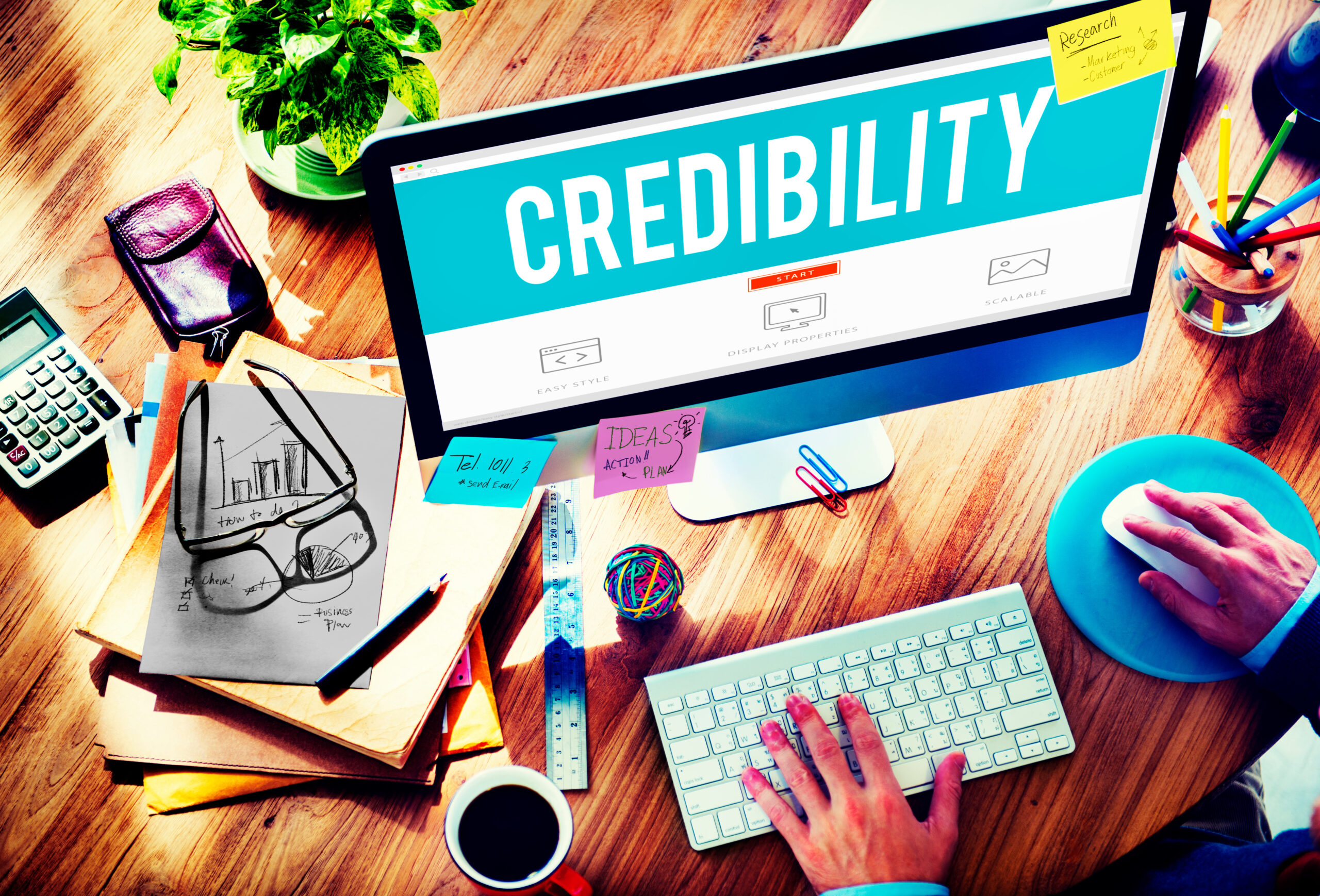There are a lot of factors that determine whether a press release is trustworthy. If it is written in a journalistic tone and objectively reports the facts, readers will be more likely to consider it a respectable and valuable source of information.
But, press release credibility is not limited to style and contents; readers will also consider who is issuing that information. A press release boilerplate specifies those details.
A boilerplate in a press release is a short bio. At just a few lines, it may seem like a very limited opportunity to talk about your company, but when you include the right information, it can boost the credibility of your release and build respect for your brand.
What Should Be Included In A Boilerplate?
A boilerplate should include your company’s name, its type or role, the industries or demographics it serves, and relevant credibility indicators.
A credibility indicator is any detail that shows why your company is capable and trustworthy. Instead of telling readers that your company is excellent and deserving of their business outright, credibility indicators show them its value.
You want to create a positive impression with your boilerplate, but you still need to maintain objectivity. All information should be factual and verifiable. This means it’s best to focus on substantive details rather than subjective claims.
Credibility indicators include unique one-of-a-kind capabilities, accreditations, awards, exceptionally impressive and recognizable clients, and other achievements or markers of success.
Even if your company hasn’t yet reached any major claims to fame, you can still identify credibility indicators. If someone asked you what makes your company distinct from every one of its competitors, your answer will probably show what makes it uniquely qualified to do what it does, and is therefore a good credibility indicator.
Your company’s core philosophy or founding principle can be used as a credibility indicator. Simply letting the reader know what you aim to achieve and your values can inspire positive association with your brand.
Before you write down every possible credibility indicator that comes to mind, remember that a boilerplate should be limited to about 50 words. Some press release distributors may have a stricter character count than others.
Make sure you’re choosy with the information you broadcast in this limited opportunity. You will want to include vital details about your company, but you will also want to make sure this information is pertinent to the press release’s topic.
Whenever possible, cater your boilerplate to your release and its targeted audience. If your company manufactures products for several industries but the press release is about an item that’s only purchased by a specific niche, that’s the demographic you want to focus on. If your company has made a charitable contribution, you might mention its commitment to its local community and customers instead of its international shipping capabilities. If your company is launching a new service for homeowners, you might mention that it has received awards for safety and customer satisfaction instead of the year it was founded.
How To Write A Press Release Boilerplate
When writing a press release boilerplate, there are a few standards to follow.
Although it’s about your company, the boilerplate should sound as though it’s coming from a reporter or outside source who has profiled your company.
Like the release itself, the boilerplate should be written in the third-person and it should be objective. Always refer to your company by name or as “it”, rather than “we”, “us”, “our team”, etc.
It’s customary to start by stating your company or brand’s name in full and its role or business type, and the market it serves as well as how it does so. After providing these basic details, a boilerplate will include one or two additional lines that mention relevant credibility indicators.
A boilerplate appears at the bottom of the press release, therefore, it is not necessary to overemphasize any details discussed in the body of the release. For example, if the press release announces your company has won an award, the boilerplate doesn’t also need to mention this award. Instead, it might name the number of years your company has served the industry that’s associated with the award.
You may want to include your company’s website or a call-to-action in the boilerplate, but if your press release already includes this information, it is not necessary to reiterate it. Alternatively, you could specify a separate but related prompt, such as following your company on its most active social network to learn more about it.
Some press release distributors may restrict the number of links or URLs included with each press release, so it may be necessary to adjust the details of your boilerplate accordingly.











